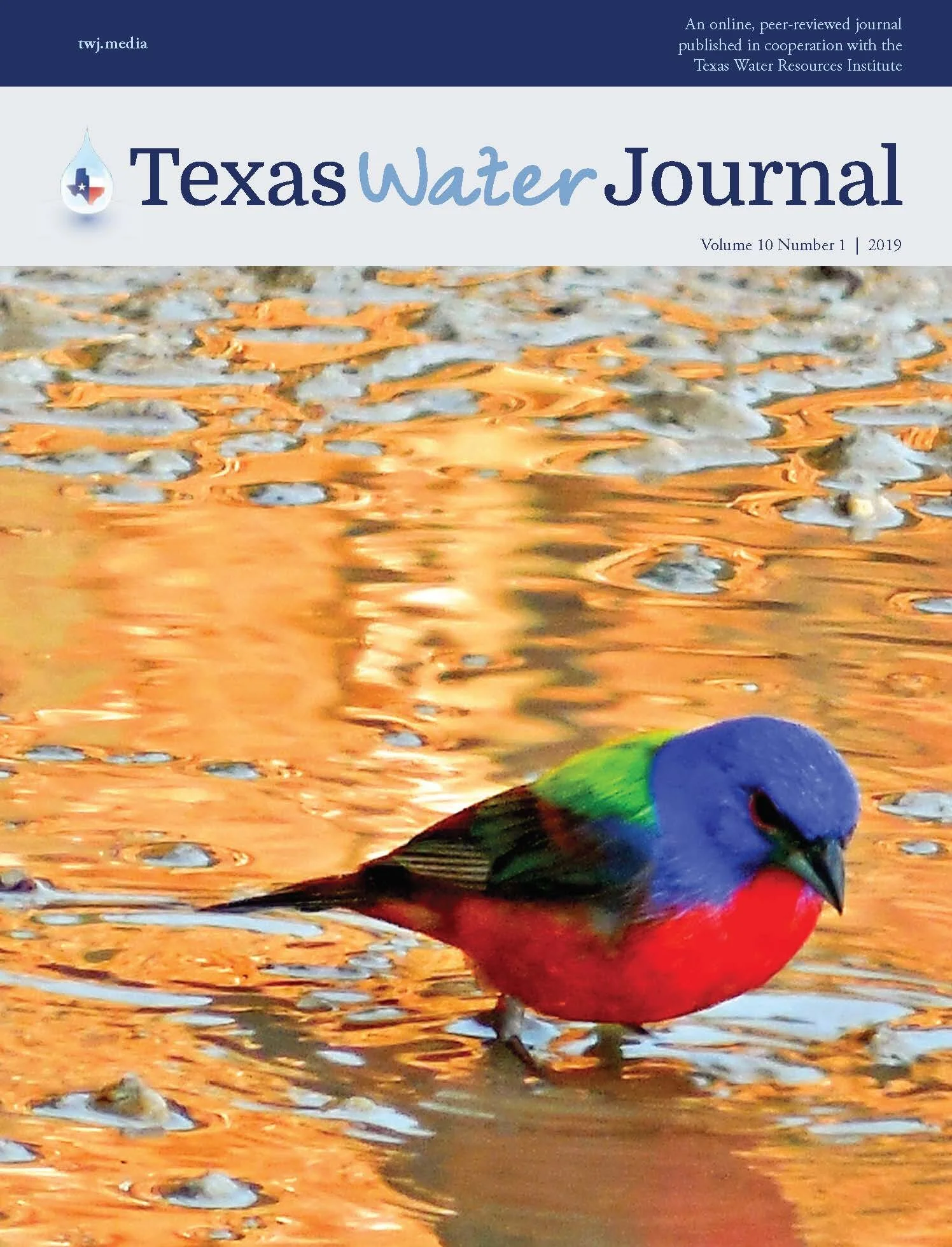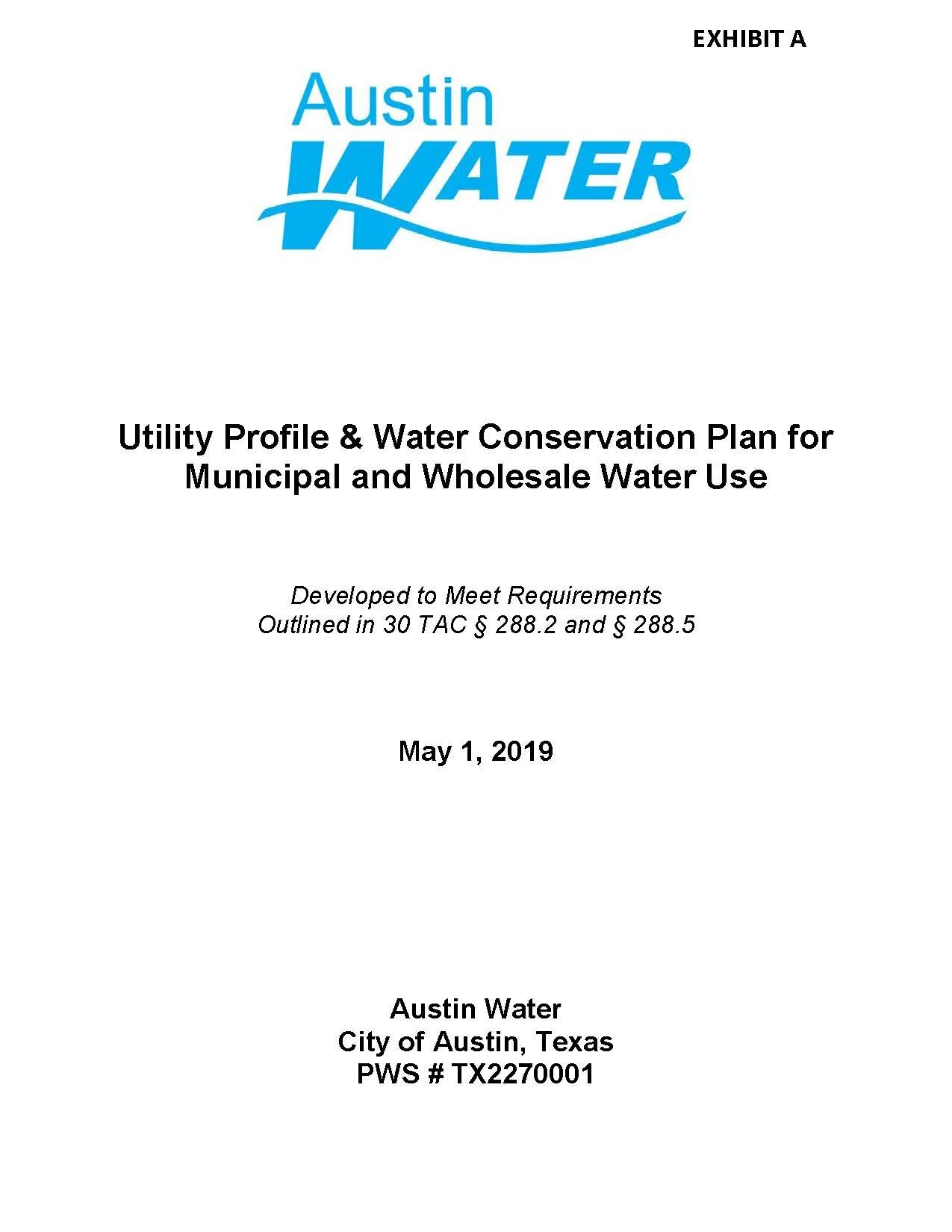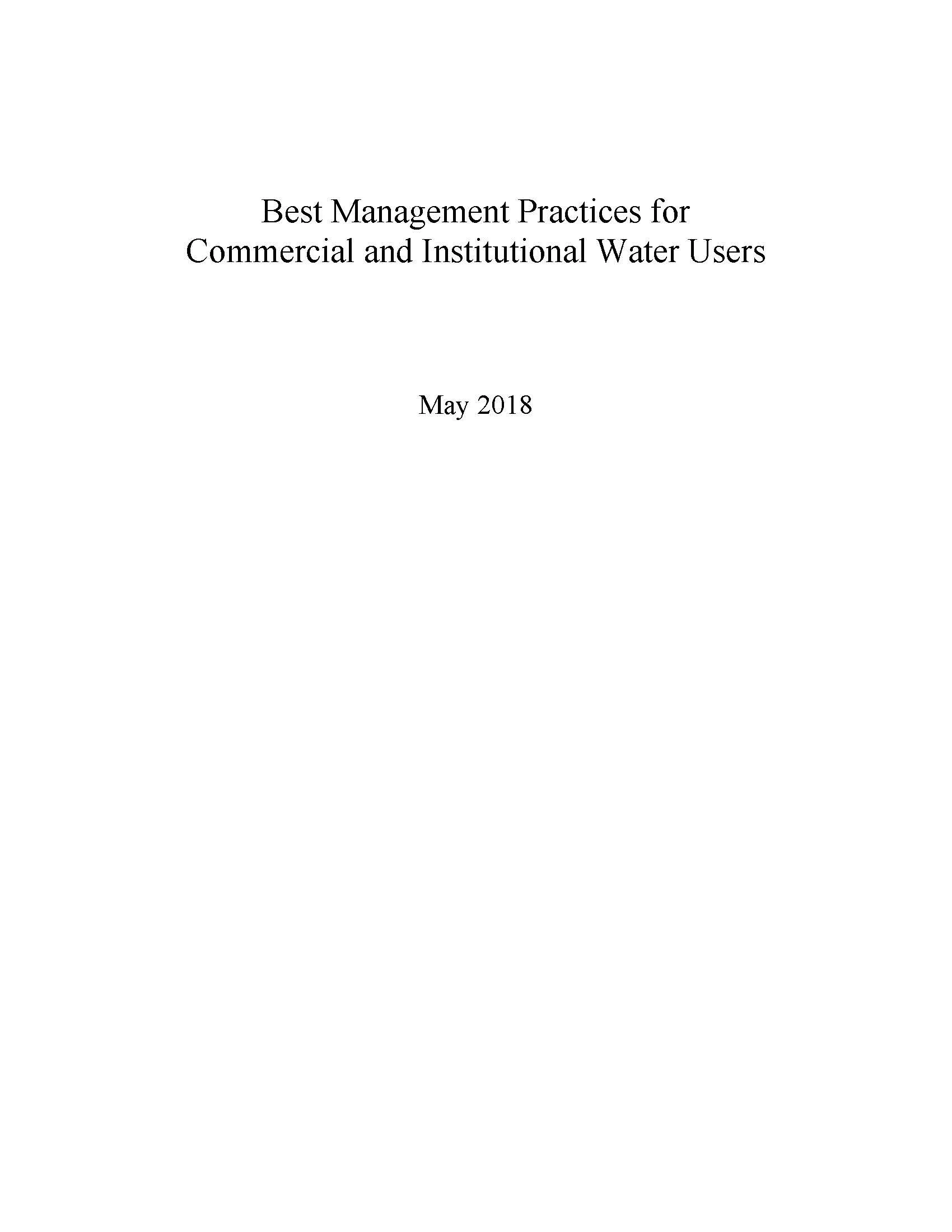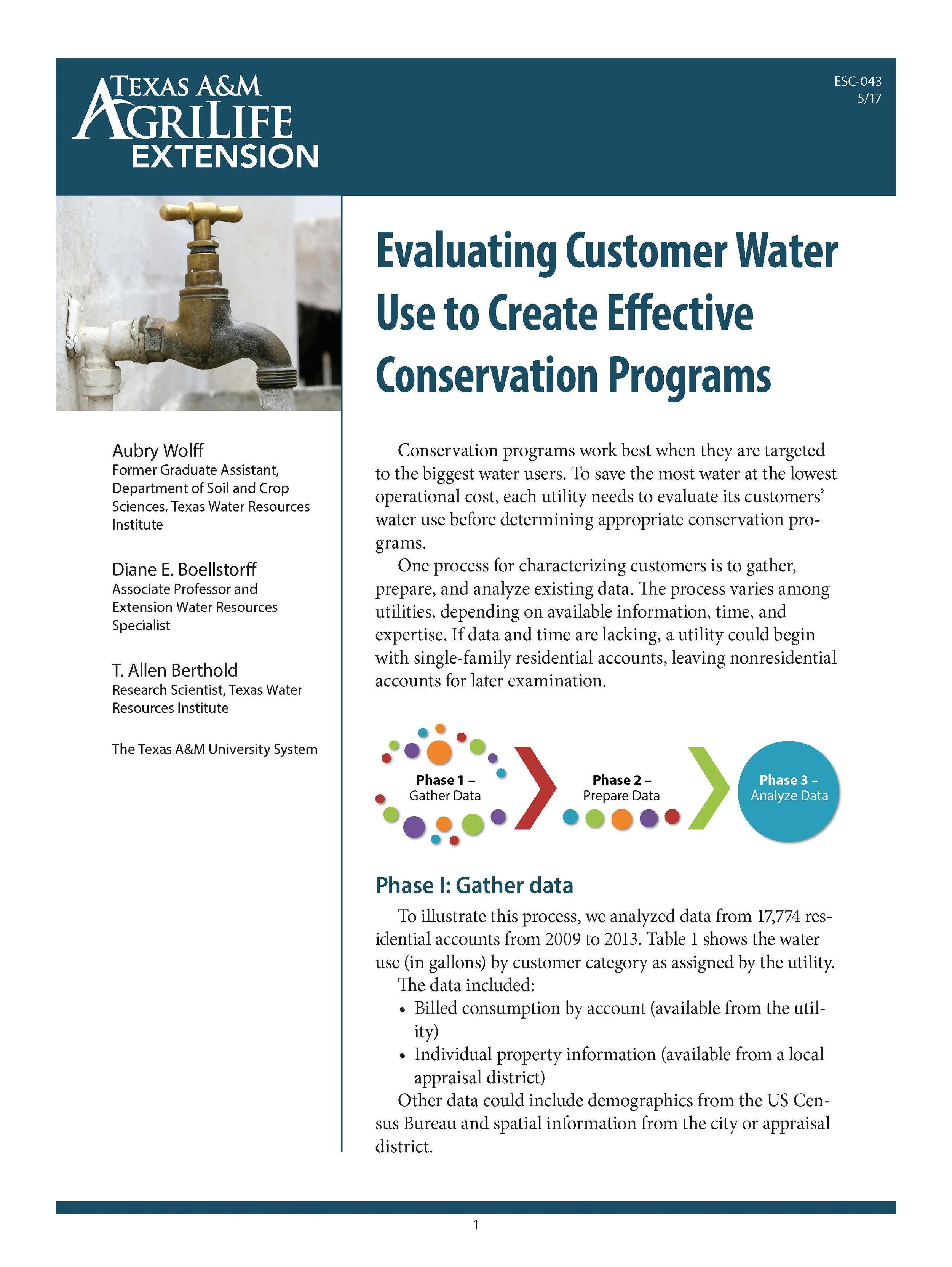List of resources
The One Water approach offers tremendous opportunities for improving how water is managed within communities.
Using water efciently and taking advantage of diverse, locally available water supplies are important goals. It is also
important that the approach support communities in assessing how their water use affects the health of waterways, both upstream, where water is sourced, and downstream, where other communities and aquatic resources may be impacted.
This brochure lists methods for homeowners to reduce water consumption.
This brochure lists considerations for efficient outdoor landscape watering, including frequency and amount of irrigation, landscape maintenance, plant choice, and efficient irrigation equipment.
Conversations about the value or “true cost of water” and the nationwide infrastructure maintenance gap encourage a reconsideration of the value of utility water losses. Water loss audit data for 2014 for two planning regions that are home to almost a third of Texas’ population and include three of the five largest cities are examined to explore the value of economically recoverable water losses from a perspective that better reflects the regional scenarios under which the state water plan is developed. The volume of real and apparent losses is valued per a new regional average composite price to arrive at an estimation for the water that should be feasible to recover. Normalized values of economically recoverable losses are generated to arrive at a statewide estimate of valuation. Industry standard financial and operational performance indicators are also developed and compared to a larger, multi-state data set. Results are presented in the context of state and regional water supply planning in two ways: 1) comparing the volume of economically recoverable water to the volume of supply expected from water loss control strategies, and 2) comparing the newly assessed value of recoverable water to the estimated costs associated with water loss control strategies.
This project explores water use and conservation potential within the town of Highland Park, Texas.
This one-pager provides information about rainwater harvesting, including measurement, incentives, government support, and other resources.
This brochure describes several ways to save water within a home.
This publication describes a proposed framework to assist communities in implementing the One Water approach in a way that optimizes water supplies to cities and keeps waters flowing for the creeks, rivers and bays that support healthy fish and wildlife and their habitats.
This brochure describes Texas's unique water issues and the various solutions being used to meet future water needs, including conservation, One Water, nature-based solutions, aquifer storage and recovery, reuse, groundwater withdrawal, desalination, interbasin transfers, and dams and reservoirs.
This guide lists common considerations for outdoor water use, including landscape design and irrigation, composting, rainwater harvesting, and common yard pests and lawn issues.
This bilingual one-page water bill insert reminds water users that saving water saves money and provides simple tips to improve their water use efficiency.
This project estimates the potential for residential and commercial, industrial, and institutional (CII) water conservation savings in Texas water planning regions C and K.
The purpose of this guide is to provide best management practices and technologies that can help reduce water and wastewater costs while conserving our state’s most precious resource.
This report describes the results of a statewide analysis of residential outdoor watering and estimates a range of water savings.
This report provides an assessment of agricultural and municipal water conservation issues; conservation efforts by the Texas Water Development Board, the Texas State Soil and Water Conservation Board, and municipalities receiving financial assistance; a discussion of future conservation needs; an analysis of programmatic approaches and funding for additional conservation efforts; an assessment of existing statutory authority changes and whether changes are needed to more effectively promote and fund conservation projects; and an assessment of the TWDB’s Agricultural Water Conservation Program.
This publication provides detailed information for readers installing rainwater harvesting systems.
This publication describes the process by which utilities can gather, prepare, and statistically analyze customer data to create effective water conservation programs.
This publication describes a process for utilities to characterize their customers in order to make targeted conservation programming quicker and easier.
Thin soils, hot weather and periodic droughts punctuated by torrential downpours make gardening in Central and South Texas a challenge. Incorporate LCRA’s WaterSmart landscape guidelines to plan and create a well-designed, water-efficient landscape.
The Texas case study considers the statewide economic impacts of $2 billion of investment in a broad range of
urban water conservation programs addressing indoor and outdoor water uses in the residential, commercial,
and industrial sectors, including programs to replace old, water-wasting toilets, programs to upgrade
inefficient landscape irrigation systems, programs to improve commercial kitchen water use efficiency,
programs to increase industrial process water use efficiency, and programs to reduce water losses within
water distribution networks.































